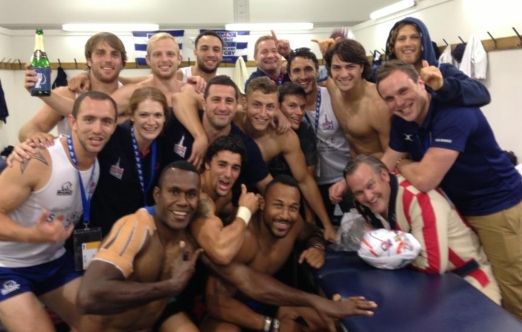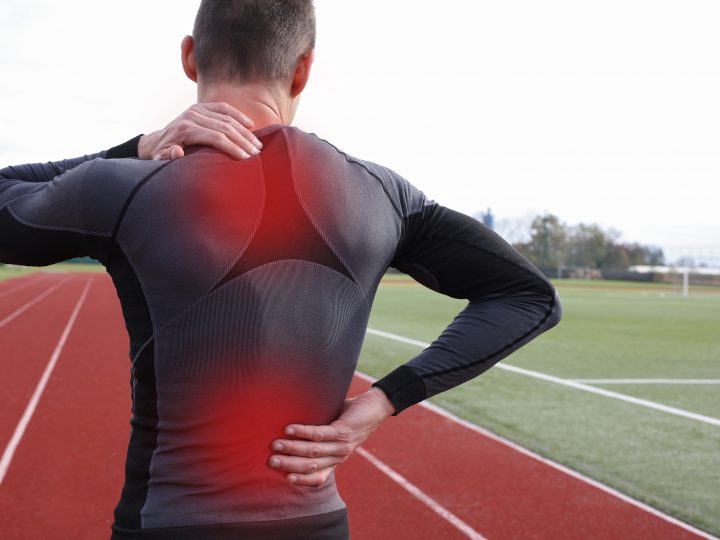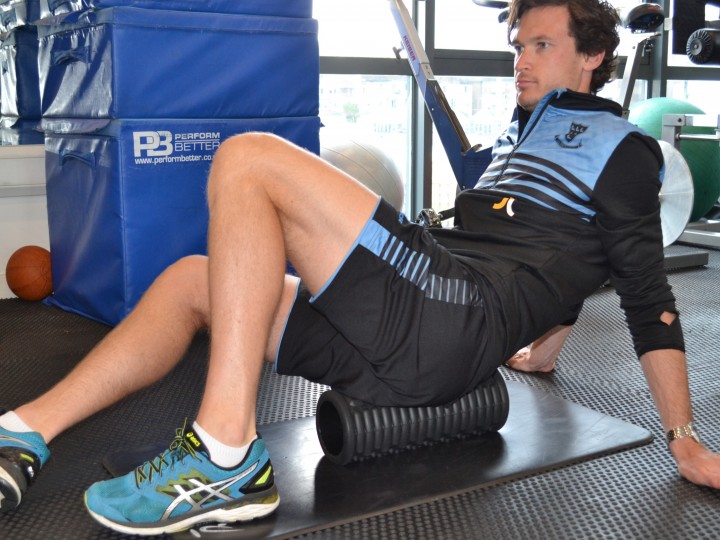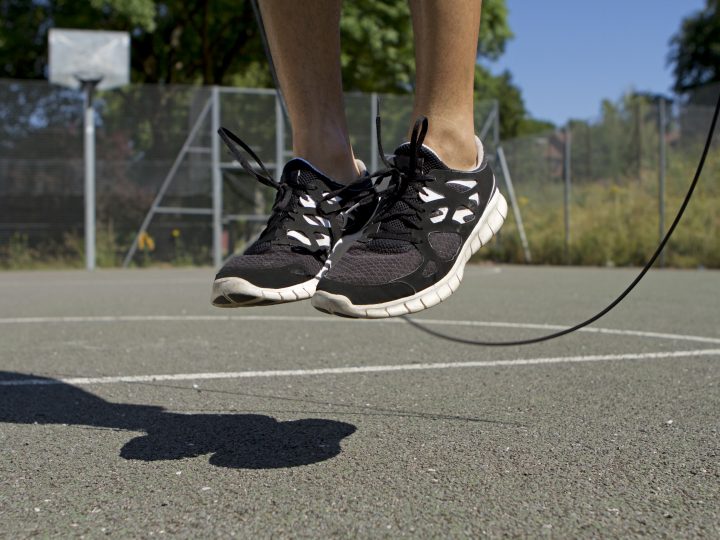Physio Science
5 Top tips to Recovering from an ACL Reconstruction
A rupture of the Anterior Cruciate Ligament (ACL) is one of the more devastating things to happen to any athlete. Whether they be a weekend warrior, a professional sportsman or just someone who enjoys the odd game of football!
If the decision to undergo a re-constructive operation is made, you will have the ambition of returning to some form of sport or exercise eventually. We at Physio Science can assist in this process from the outset.
Our clinics are located in Brighton, Hove and Hurstpierpoint. If you would like some advice or to book an appointment with one of our physiotherapists, please click here. www.physioscienceuk.com
From day 1 of your operation until 9-12 months’ post-op, every step along the way has implications on your knee function, pain levels, re-rupture risk and your quality of life!
My name is Brent Eales and I’m a physiotherapy professional for Physio Science UK, with unfortunately first-hand experience of an ACL reconstruction, here are my 5 top tips!
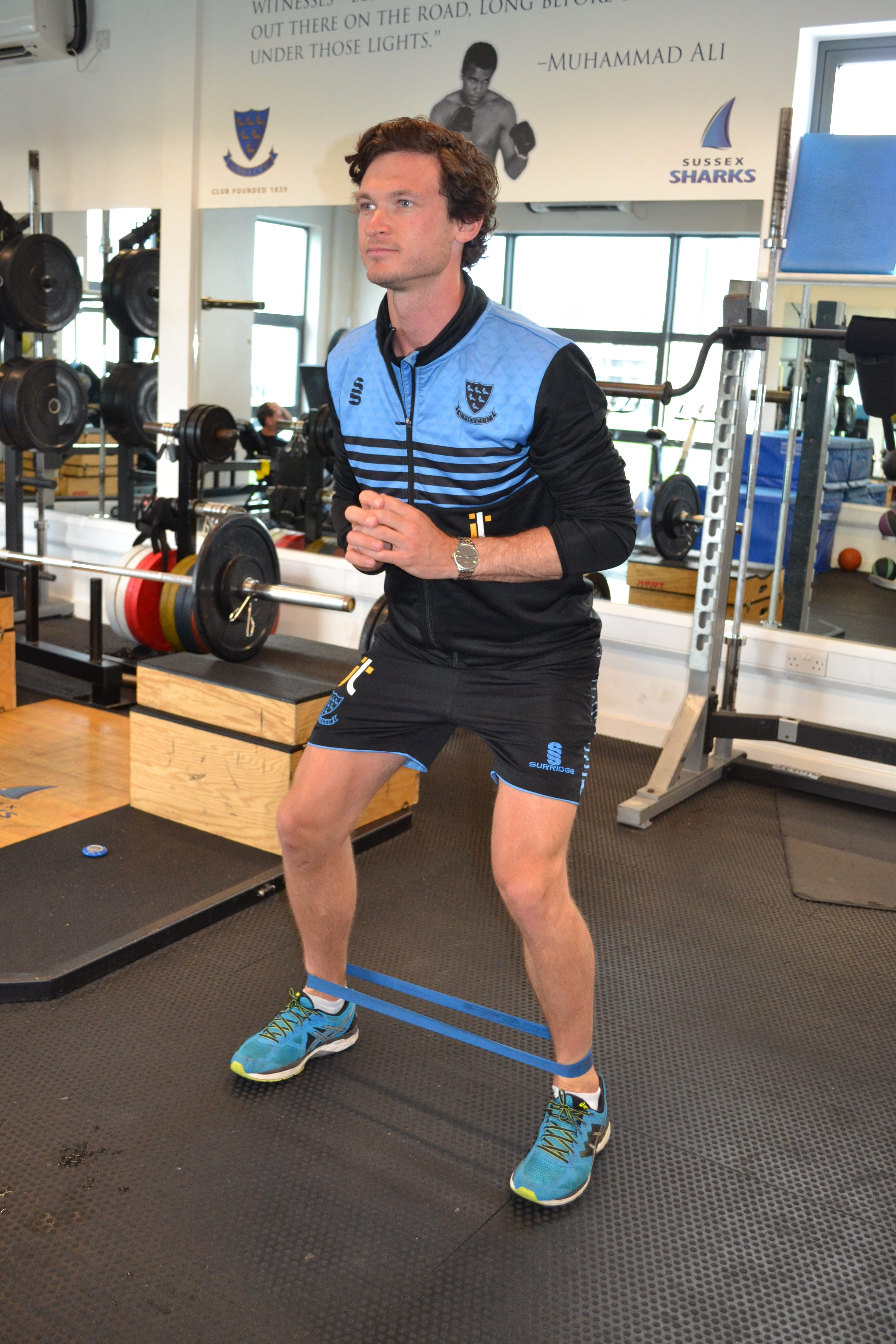
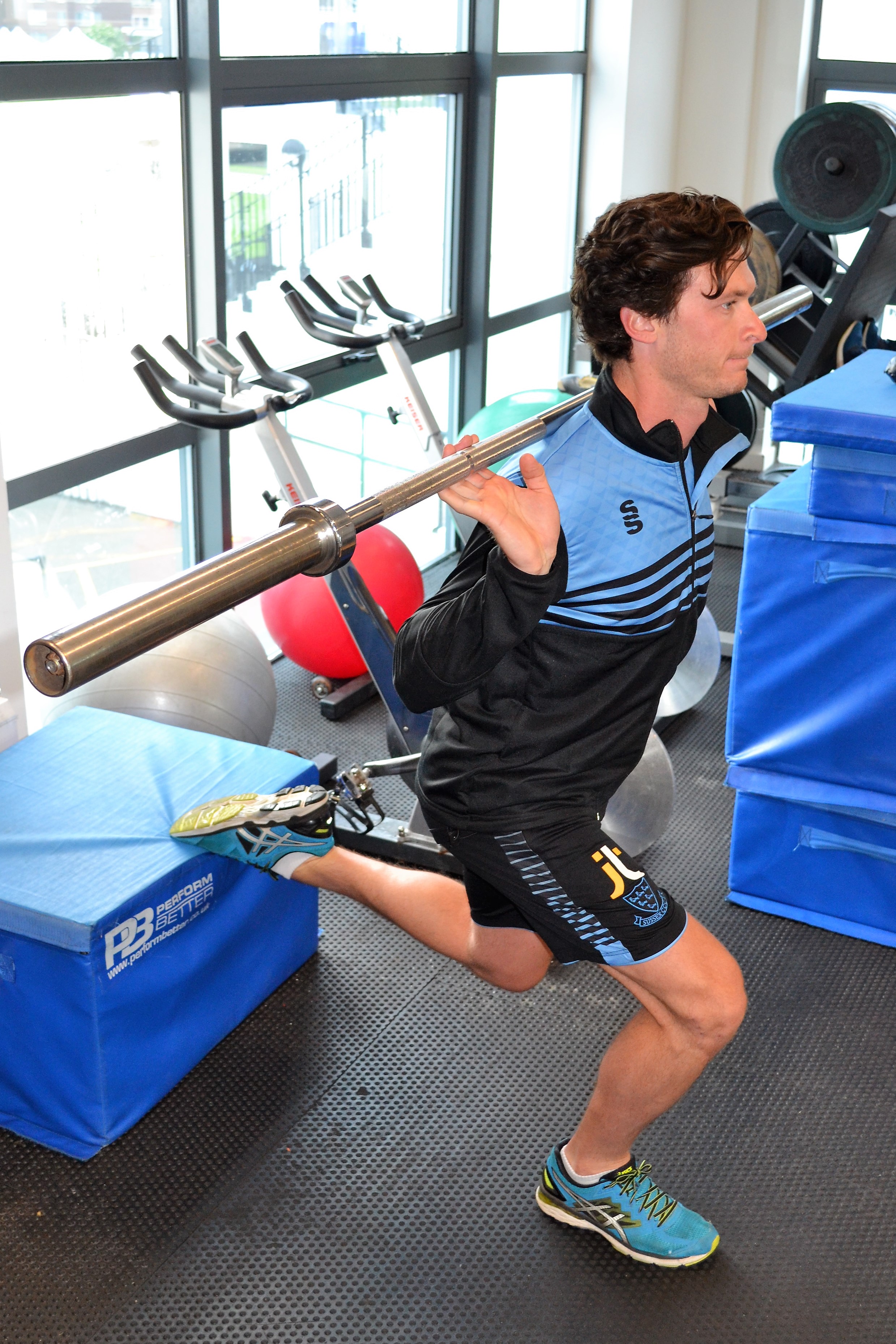
Physio Science Tip 1
Going into your operation, strong!
Some people may rupture their ACL and walk straight into an ACL reconstruction operation. There are a few who may have weeks or months to wait, until they have their operation. The good news is, this time is not a waste!
There is a lot of research that states that your pre-operative function is a large predictor of your outcome post-operatively.
Ensure your physiotherapy plan includes the basics of compression, elevation, icing, activity modifications and appropriate medication.
Get in contact with us at Physio Science UK, so that we can make a structured plan for your specific situation.
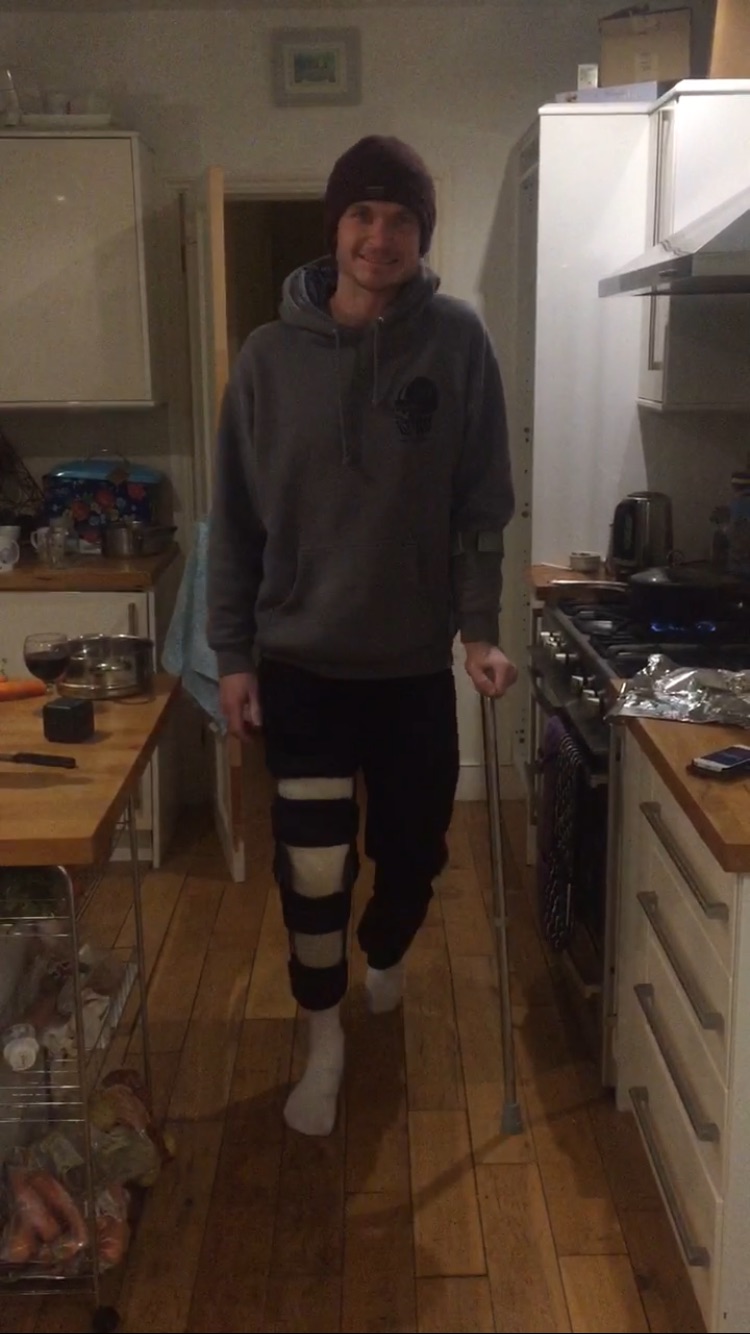
Physio Science Tip 2
Walk on your first day and don’t stop!
Pain at the front of your knee, after an ACL reconstruction is very common, whether during week 1 or for the many years following your operation.
A study has shown that if you walk on the day of your operation, you are at a reduced risk of developing anterior knee pain. Get yourself out of bed on day 1,walking also has positive effects on reducing your risk of a Deep Vein Thrombosis.
After day 1 every walk gets easier….
You will need to limit the duration of your walk, probably with some heavy icing, and rest in between. As long as you are using your crutches and your brace appropriately, you are safe. It is the best form of exercise to get your leg moving again and kick start your ACL rehabilitation!
Physio Science Tip 3
Ice, Ice, Ice, for the first week and more!
You will come out of your ACL reconstruction operation with a painful and swollen knee. The pain may shift around and feel like it’s in a different spot. You will very likely have some pain around the area that your graft was taken (usually inner hamstring or patella tendon).
Ice is your friend and you should be using it whenever you are not standing, which is a lot! In conjunction with the medication which you have been prescribed, icing is the best way to control your pain. We at Physio Science UK want you to be comfortable and as painfree as possible. Reduced pain will allow better sleep and more exercise and walking, which are 3 vital factors to getting through your first few weeks.
The research supports icing heavily for the first week and if you are lucky enough to have a Game Ready machine or a CryoCuff of some sort, then put it to good use.
Following this first week, I would suggest icing after all periods of exercise, up until at least week 6 and continuing to wear a compression bandage throughout your days for up to 12 weeks!
Physio Science Tip 4
Get cracking – Do all that you can, as early as you can and… build up those QUADs!
I was terrified about doing too much and damaging my new ACL graft. Certainly, care needs to be taken but as long as you listen to your Physio Science physiotherapist, know what you can and can’t do and how to avoid the “naughty position”, there is a lot that you can be doing!
Of course, you need to work on improving your knee movement but by your 3rd week (day 15), you can be completing some meaningful all body conditioning exercise routines that get your heart pumping and your muscles burning, but remember those quads!
Quads are key!!
We know that they are heavily inhibited following the operation and that they can still be under firing many months following the op, if they are not stimulated appropriately. We also know, that Quad strength is a major predictor of someone’s success at returning to sport without re-injury.
So repeatedly stand up from a chair, ride that exercise bike until exhaustion and squat, step up, split squat, lunge, lateral lunge, forward lunge, backwards lunge and single leg squat, until your heart and knee is content.
Of course, you need to monitor how your knee is responding to your exercise (see tip 5!) but get those quads burning and they will protect you in the long run!
Lastly, work on both of your legs too, because your un-operated leg’s ACL is actually statistically more likely to rupture, than your repaired ACL! Your Physio Science UK physiotherapist is here to guide you throughout the process.
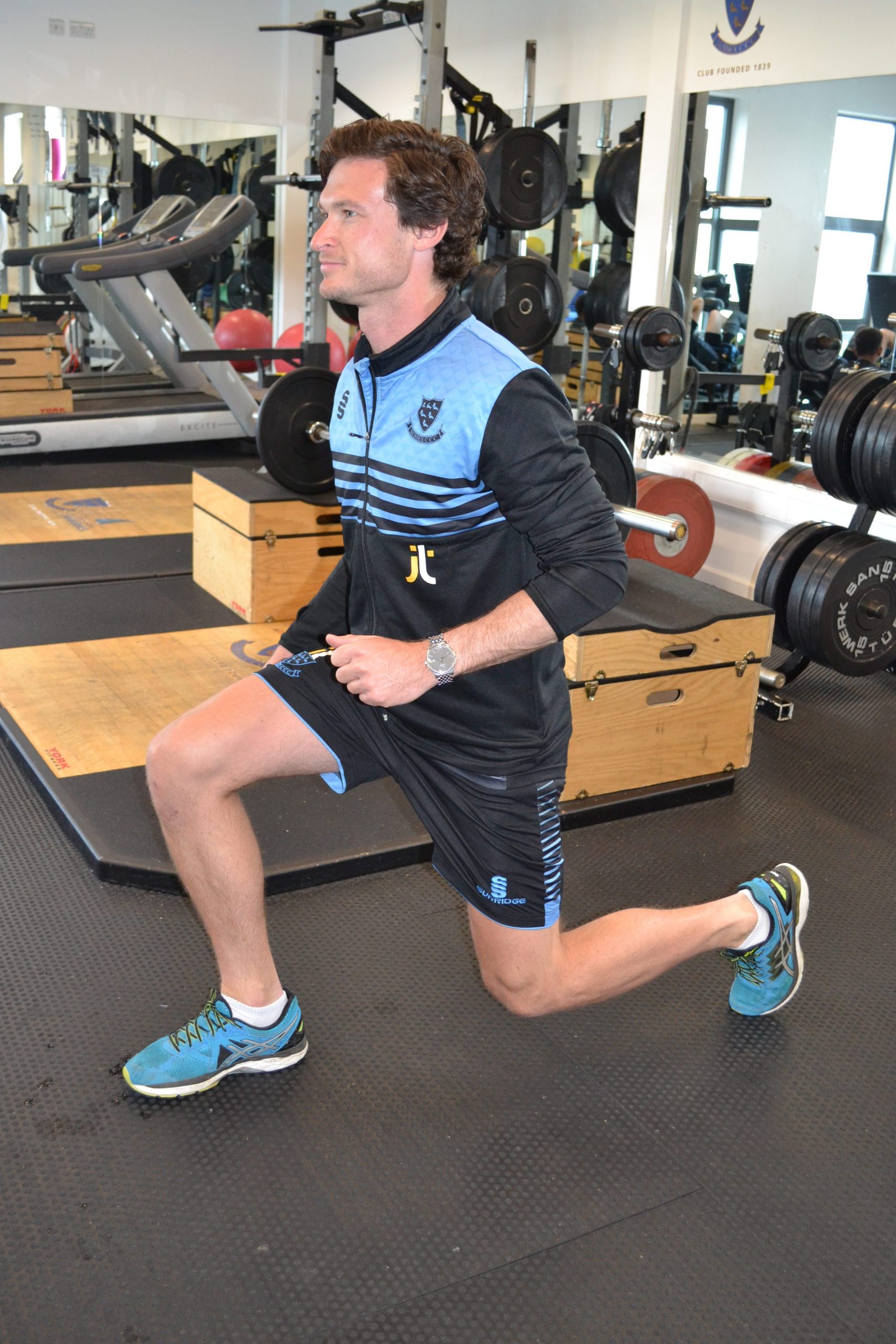
Physio Science Tip 5
Monitor daily but evaluate your progress weekly – know where you are going next
As I mentioned in Tip 2, there will be pains and they will move around and if you focus on every little niggle, you will not get anywhere with your rehabilitation. All that matters are these two things;
- Is your knee more swollen today?
- Is your knee more sore, than this time yesterday?
If the answer to both of those questions is no, then follow Tip 4 and get cracking! There is a long road ahead of you and you need to understand how to monitor and tinker with your own rehabilitation, to make any adjustments that are required.
Your Physio Science UK physiotherapist will outline your next objectives to reach. But you will need to be the expert of your own knee, and motivate yourself to get there and earn the right to be progressed.

Some days you may feel deflated, burned out and tired.
You will also question whether you are just treading water and if this is ever going to seem worth it!?
Don’t take each day in isolation, compare to where you were last week, and you will be able to see the improvement. It may be that you did your own food shopping this week, went out with a friend for the first time since your operation, or that you did a forward lunge for the first time.
Whatever it is, celebrate those achievements and use them to push yourself through the next physiotherapy or gym session!
Recovering
Recovering following an ACL injury is a much longer and more intense road than I personally understood it to be, before enduring it myself. It will be your full-time job, as well as your other full-time job that you are doing!
The good news is that you get out of it, what you put into it. And you will enjoy those runs, rides, training sessions, matches, or whatever you are aspiring towards, even more than you did before the injury!
If you would like some advice or to book an appointment with one of our physiotherapists, please click here.


